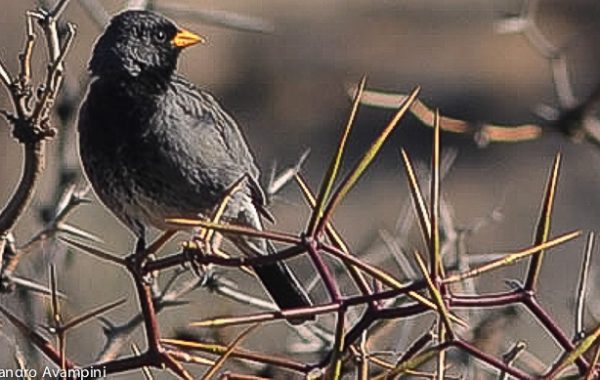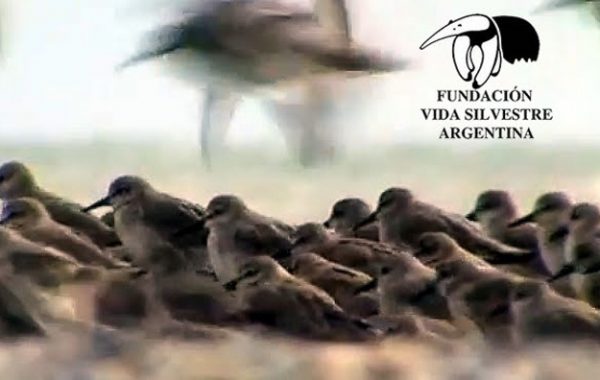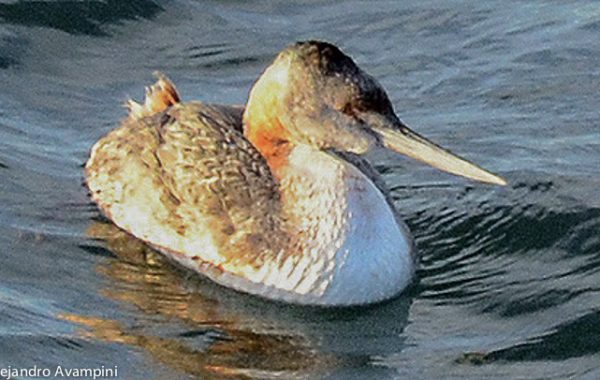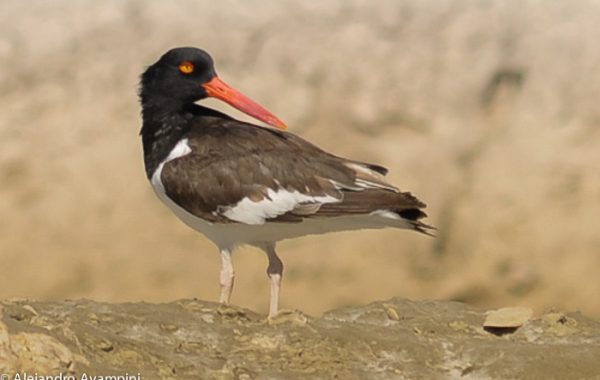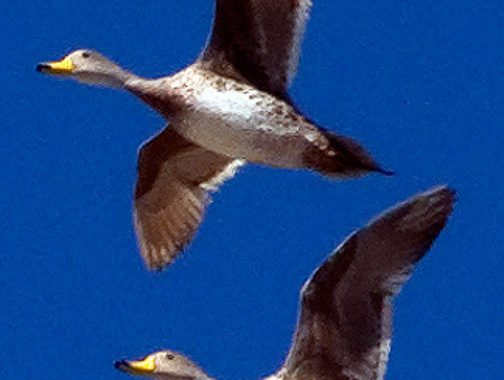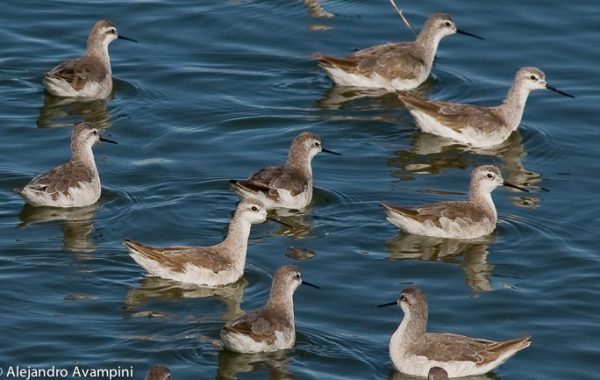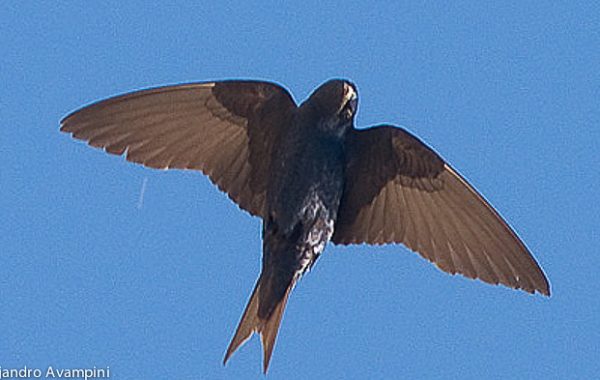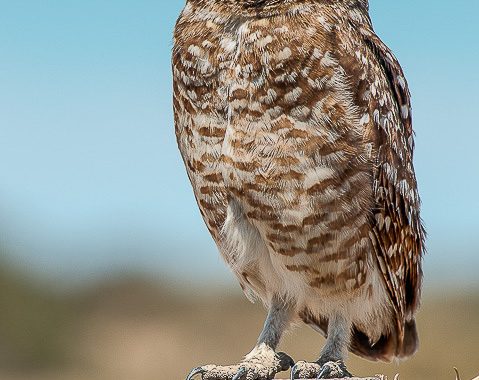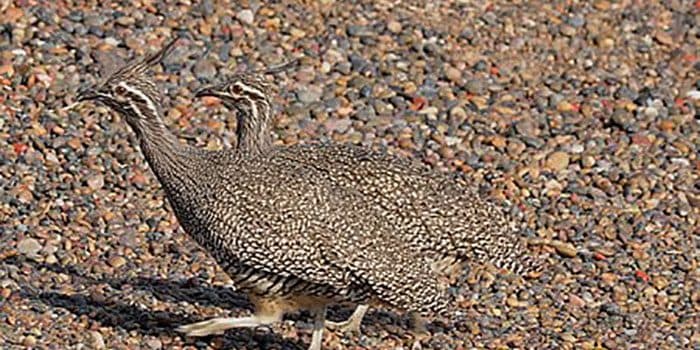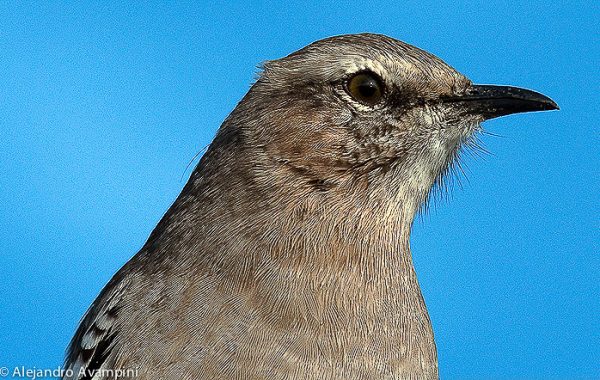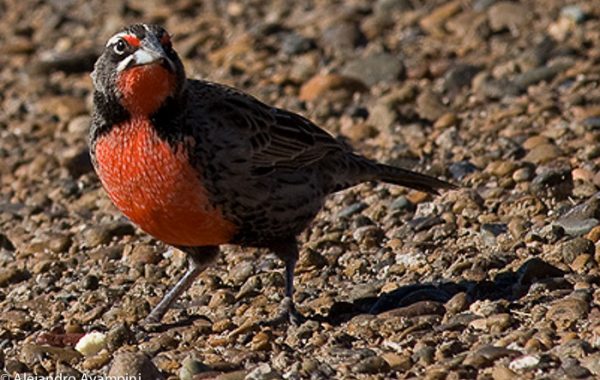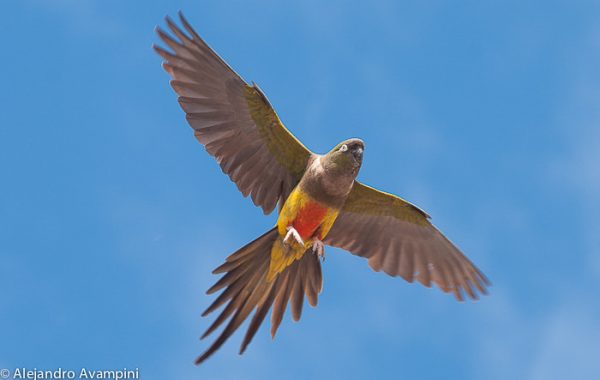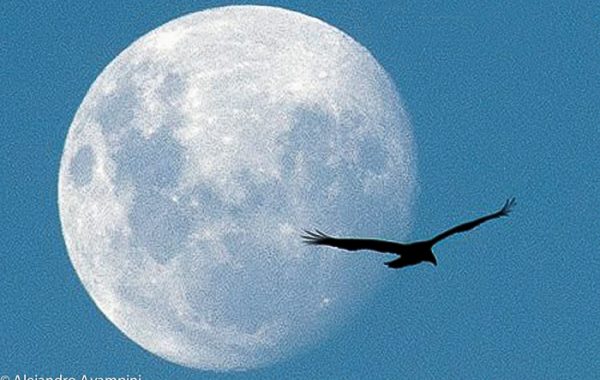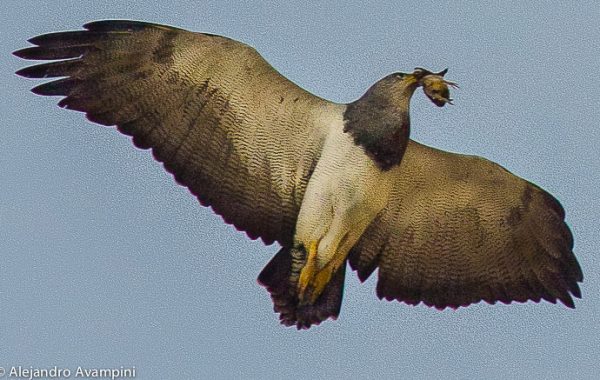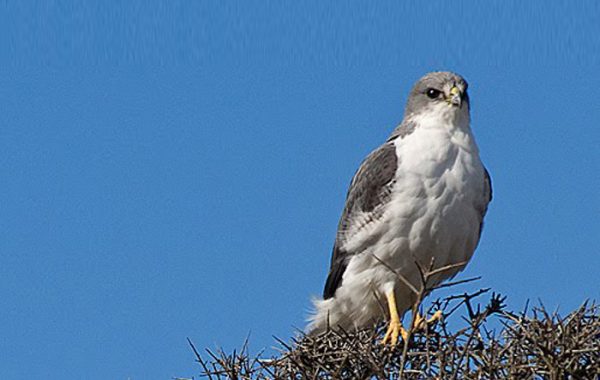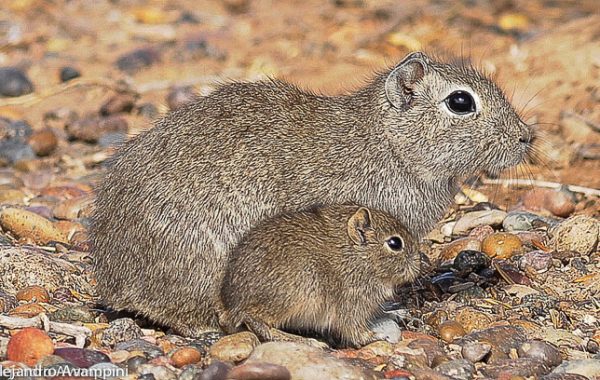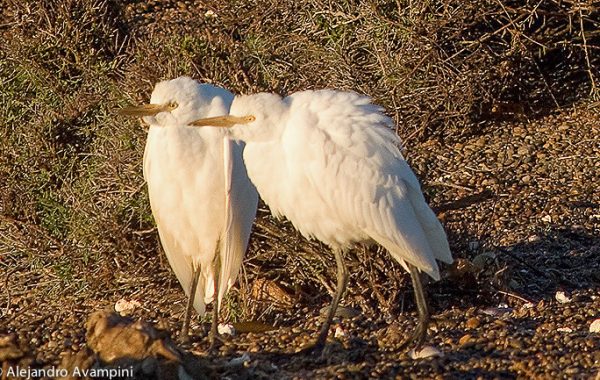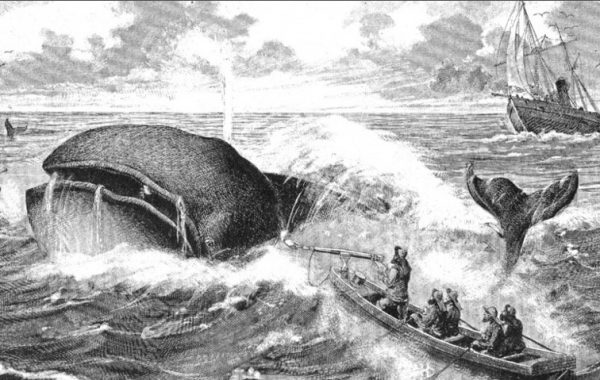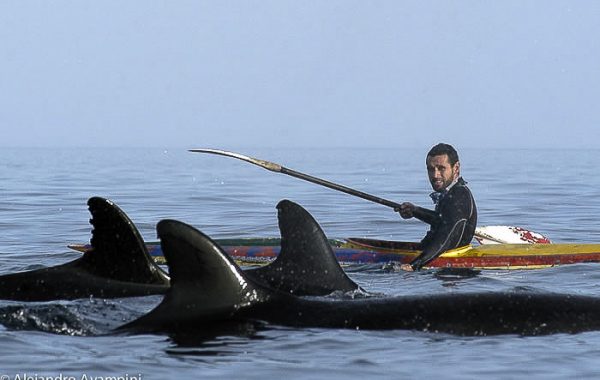Carbonated Sierra-Finch
The Carbonated Sierra-Finch (Phrygilus carbonarius), to the untrained eye, is easily confused with a House Sparrow or Rufous-collared Sparrow. During courting behavior the male’s plumage will darken, differentiating it from the female. With their nest close by, we have observed a darker male in the sand dunes behind Del Nomade, flying from bush to bush
Read MoreRed Knot
Great Grebe
The Great Grebe (Podicephorus major) is a coastal bird that is frequently seen in the Valdes Peninsula. Rarely seen in groups or on dry land, they are generally found swimming in shallow water close to the shore, alone or as a pair. The plumage is primarily rust colored around the neck with a black head
Read MoreCommon Oyster Catcher
The Common Oyster Catcher (Haemantopus palliatus) is a bird that basks in the solitude of the Patagonian Coast living in a life-long mating pair, these birds are bothered by human presence. With a dark brown back, yellow eye and bright red ocular ring and a long red beak, they can reach a size of more
Read MoreYellow-billed Pintail
The Yellow-billed Pintail (Anas georgica) is a bird of South America. Lives from southern Brazil to southern Patagonia. He looks in freshwater lakes and occasionally frequents marine coast. It has a significant extent in terms of habitat preference. They can be seen on the seacoast of Patagonia or greater heights of 13.000 ft ( 4,000 m )
Read MoreTricolor Phalarope
The Tricolor Phalarope (Phalaropus tricolor), is a migratory bird that comes from the Northern Hemisphere and here they have winter plumage, but its name is due to the color that it displays with the summer plumage that you saw in the other Hemisphere. They can be seen in lagoons turning around in circles, they do it
Read MoreSouthern Martin
Southern Martin (Progne modesta) is a migratory bird that reaches the Valdes Peninsula in spring accompanied by its enjoyable song and normally observed in groups. This species can be observed in many areas throughout the American Continent with a migratory route that extends over thousands of kilometers. It is a bird that calls little attention
Read MoreBurrowing Owls
The Burrowing Owl commonly excavates a burrow at the side of fields or by roadsides. Should the entrance become blocked for whatever reason, it will excavate another burrow at the edge of the field. The nesting season runs from October to December. The chicks hatch in 28 days. During hot spells, they can be seen
Read MoreElegant crested tinamou
The Elegant crested tinamou (eudromia elegans) is a species of particular compost, it is a trekking land bird, which is only a case of pursuit, a short flight, prefers the immobile and remains immobile, mimicking the vegetation of the place. Take frequent dust baths. We saw that the website of the birds of Patagonia and
Read MorePatagonian mockingbird
The Patagonian mockingbird (Mimus Patagonicus) is a bird native to America, has an incredible song for the melodious and varied repertoire coupled with an innate ability to imitate sounds. Its plumage is grayish pulling the ocher on the back and lighter feathers on the neck and chest, is a characteristic feature. It is common to
Read MoreLong-tailed meadowlark
The long-tailed meadowlark (Sturnella loyca), lives in open places in Valdes Peninsula. In spring and summer breeding season, they live in pairs nest in the ground and the female lays 3 to 4 eggs. Here in Puerto Piramides, usually they perch on bushes behind the dunes of Del Nómade Eco Hotel. They feed on fruit,
Read MoreBurrowing Parrot
They are usually seen on Peninsula Valdes during the spring and summer months. It mates for life and nests in cliffs. They dig a deep burrow in which 2 to 5 eggs are laid. The eggs hatch in late December. The Burrowing Parrot is very colorful and has seven colors in its plumage. On Peninsula
Read MoreTurkey vulture
The turkey vulture is a bird of the vulture family, which can be found all across the Americas. In the different countries of the continent, it has different names, such as buzzard, aura, or just vulture. In Península Valdés, it is one of the largest of the vultures, with a red head, blackish plumage, more
Read MoreBlack Chested Buzzard Eagle
Variable Hawk
Also known as “Ñanco”, it can be seen throughout the Valdes Peninsula. The males measure up to 48 cm and the female is slightly larger, reaching 52 cm. The plumage is grey on the back, with a white underside in adults. Its’ most distinctive feature is a black stripe down the tail. Juveniles keep their
Read MoreSouthern Dwarf Cavy
Great Egret
This long-legged Patagonian Resident is also seen regularly in the Valdes Peninsula. Teetering on the edge of extinction in the early 1900s due to women’s fashion, this elegant bird has survived and although still somewhat scarce, each year can be observed in greater numbers. They were killed for the male’s long dorsal feathers used in
Read MoreA little bit of history about Man and the Whale:
A historical record of the colonization of Patagonia
This image represents just one small corner of Patagonia, a landscape illuminated by the warm glow of sunset reflected upon the small chapel at Bird Island, a replica of the one that stood at the San Jose fort in an early attempt at Spanish colonization. Isolated and alone, set to one side of the visitor’s
Read More





